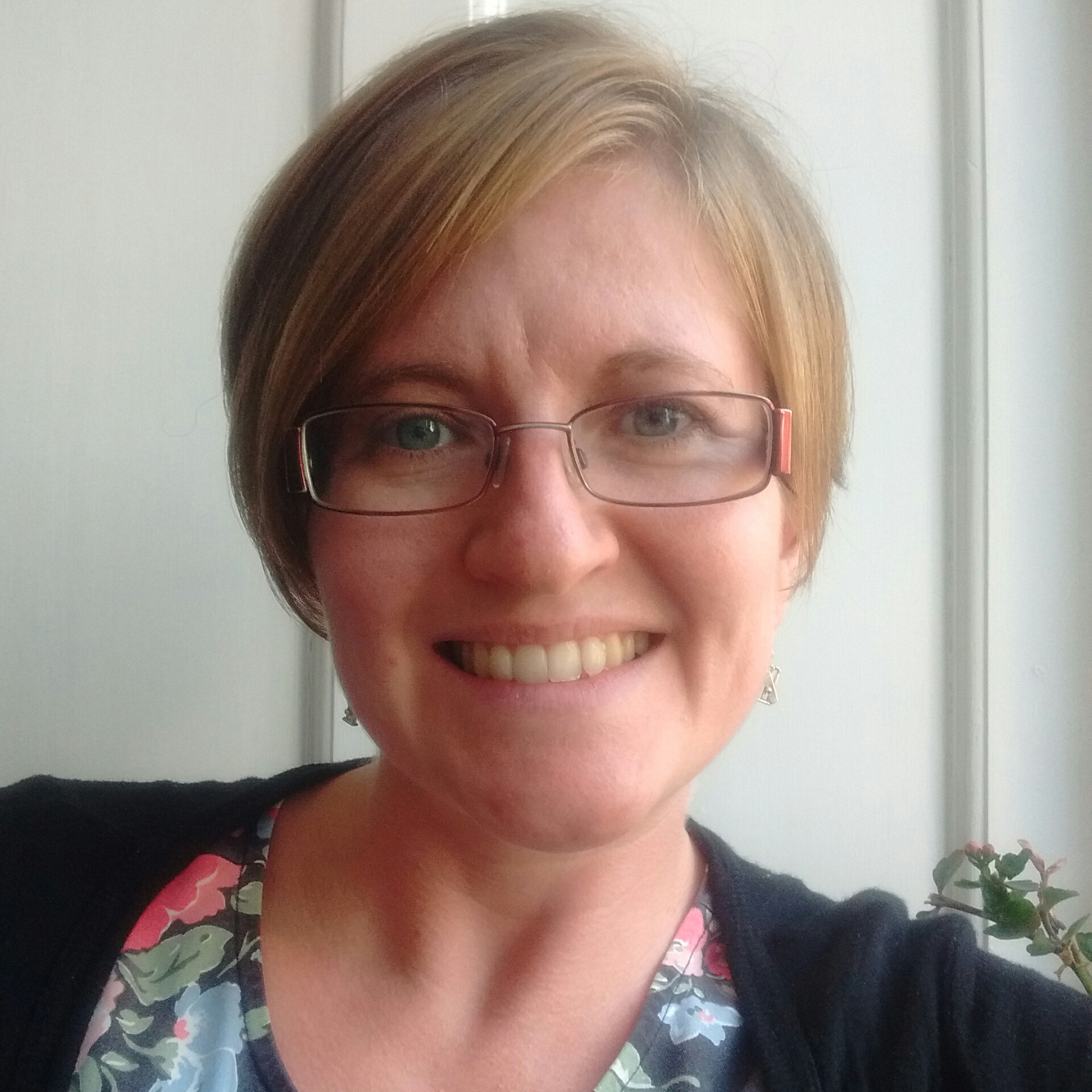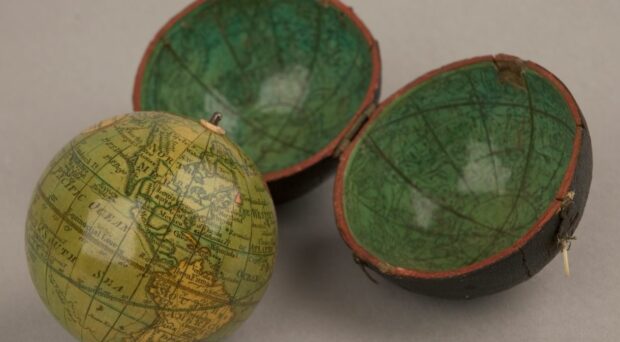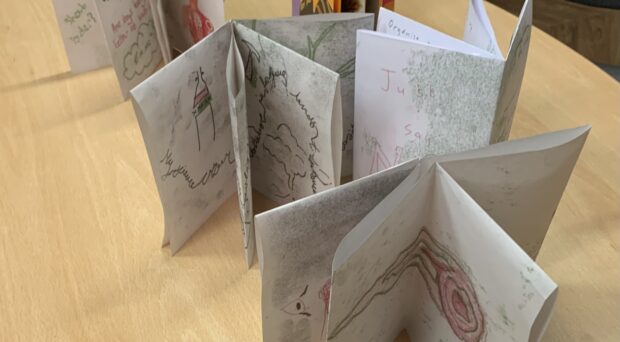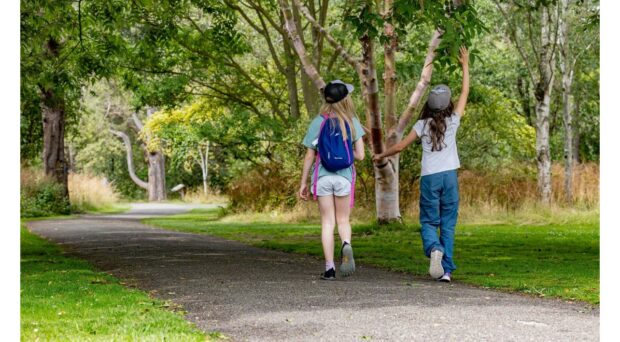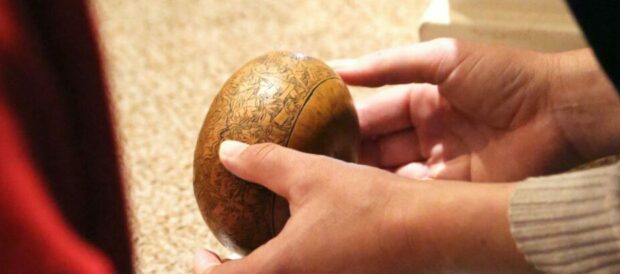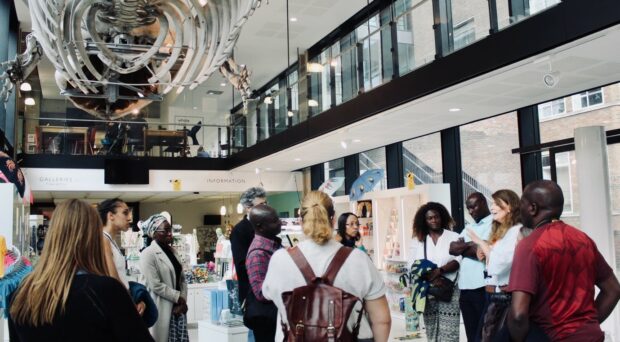Inspired by the fantastic ‘Wonderchicken’ exhibition, I set about pulling together facts, stories, and records to create a new virtual exhibition in Shorthand in 2020. This would look at women’s learning experiences and contribution to Geological science from 1885 until the First World War.
This blog looks at the processes involved in creating a new virtual exhibition, and what the future holds for this important research about women who studied geology at the Sedgwick Museum of Earth Sciences.
Reaching new audiences
In 2020 I attended several webinars (virtually, of course) about engagement, and producing digital resources. A common question archivists were posing was ‘how can we reach people whilst the archive is closed?’. With so few physical interactions possible, producing digital resources, such as catalogues, virtual exhibitions, and blogs was going to be one way of doing this.
I wanted to reach new audiences who might be interested in the content or just looking for a much needed distraction in uncertain times, or both. So, I decided to create a virtual exhibition and turned to my twitter followers early on in lockdown 1, giving them a choice out of three topics. Almost 60% said they wanted to see an exhibition about women in the archive, a topic I had started to look at in 2019.
Women in the Archive
In May 2019 the Geological Society celebrated the 100th anniversary of women becoming fellows. Some of these women were students in Cambridge, and there were wonderful photographs of them in the Sedgwick Museum archive. At the anniversary event I presented a poster. This included photographs of these women and many others who eventually became members of the Sedgwick Club. The Club didn’t admit women until 1896, 16 years after it was established.
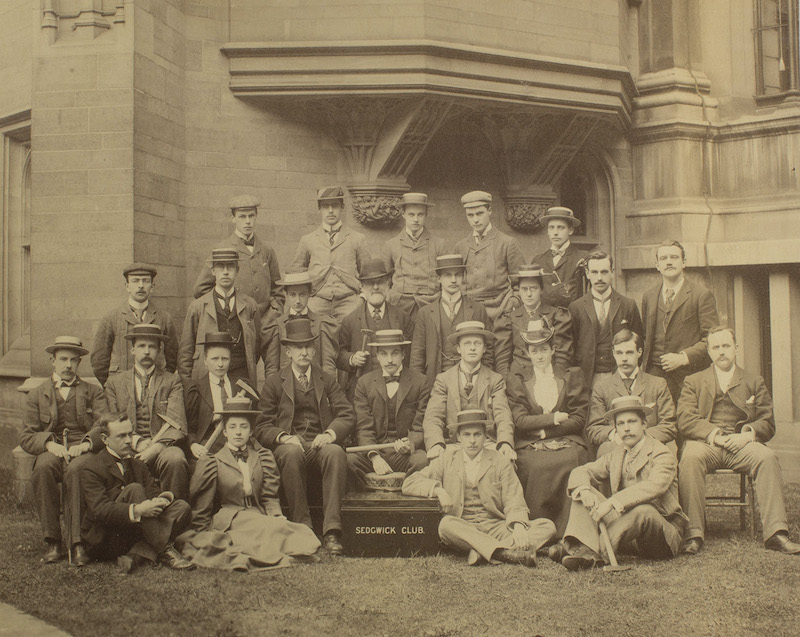
Content, design & production
I decided that the exhibition would focus on the period 1885-1914 – looking at the early teaching and learning experiences of women, the Geological Society, and the Sedgwick Club. I also wanted to create ‘spotlight’ sections, focusing on several women – Elizabeth Dale from Girton College who became a botanist and worked at the Balfour Laboratory – Mary Hughes, the wife of the Woodwardian Professor Thomas McKenny Hughes who chaperoned female students – and Gertrude Elles from Newnham who became an expert in Graptolites, and was awarded an MBE for her work as a nurse during World War One.
With the support of the Museums Exhibitions coordinator, Rob Theodore, I used Shorthand to create a new virtual exhibition. Shorthand has been used by the University of Cambridge since 2017 and enables staff to produce something which is very modern, dynamic and engaging. It was exciting to learn how to use it, and see how this could work for virtual archive exhibitions.
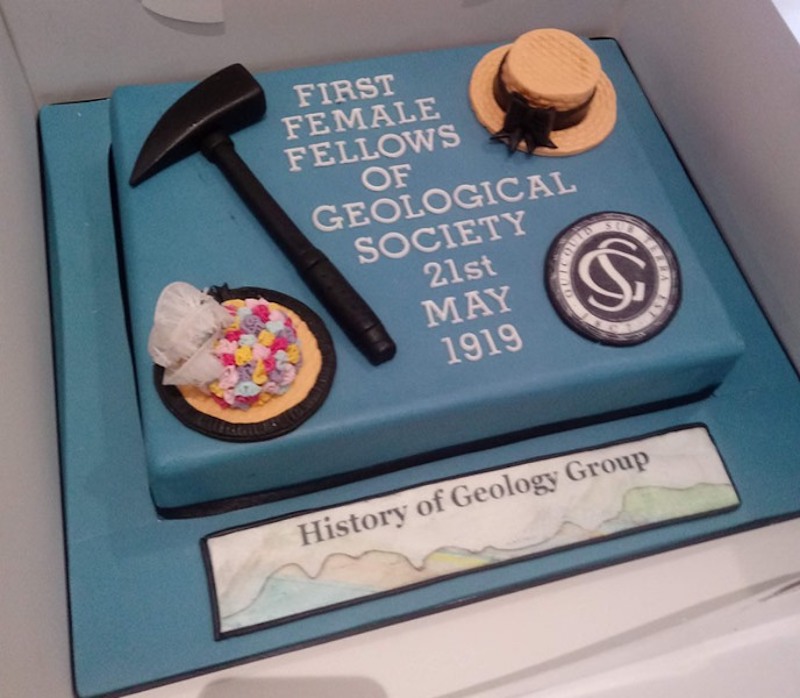
fieldwork.
A lot of the images that would be included in the exhibition had (thankfully) already been scanned, but I was able to create some additional digital images in October. It was good to be back on site, looking at the archive collections once again.
I contacted the Archivist at Newnham College for some additional images – one of the Balfour Laboratory where Elizabeth Dale worked, one of Eleanor Sidgwick who wrote to Professor Hughes about teaching mixed classes, and one of Gertrude Elles in her nurses uniform during the First World War. To include records held elsewhere in Cambridge was a real treat, and I hope that this is something we can continue to do when curating both virtual and physical exhibitions.
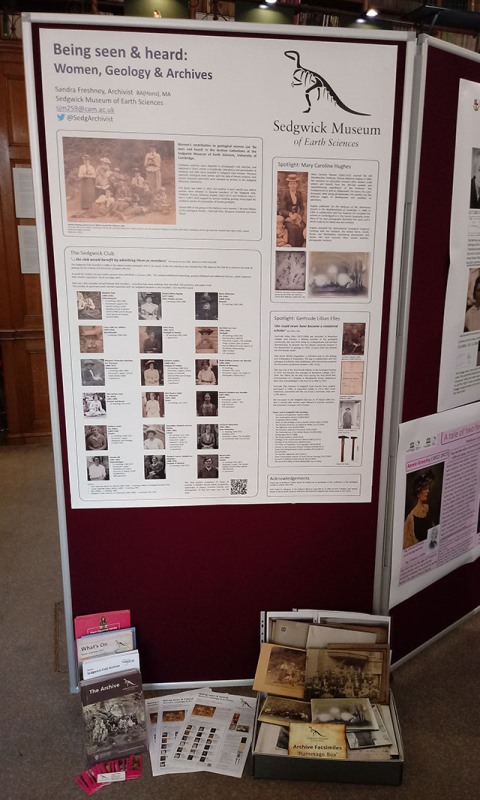
Accessibility
Creating a virtual exhibition provides an exciting new way to access stories and information in the Archive. However, it’s important that this is as accessible as possible. One thing we were able to include was alternative text. This is textual alternative to non-text content, and in our case presents the content and function of the image. Hopefully this feature will improve the experience for those accessing the exhibition, which is very rich in images and documents.
Launch
The new exhibition was launched to coincide with the annual ‘History Day’ organized by the Institute of Historical Research and IHR Library and Senate House Library. The 2020 event went online, with over 50 organisations taking part. It brought together students, researchers and anyone with an interest in history with information professionals from libraries, archives and other research organisations.
You can view the new exhibition here. Please get in touch if you have any questions, or want to know more about some of the women included.
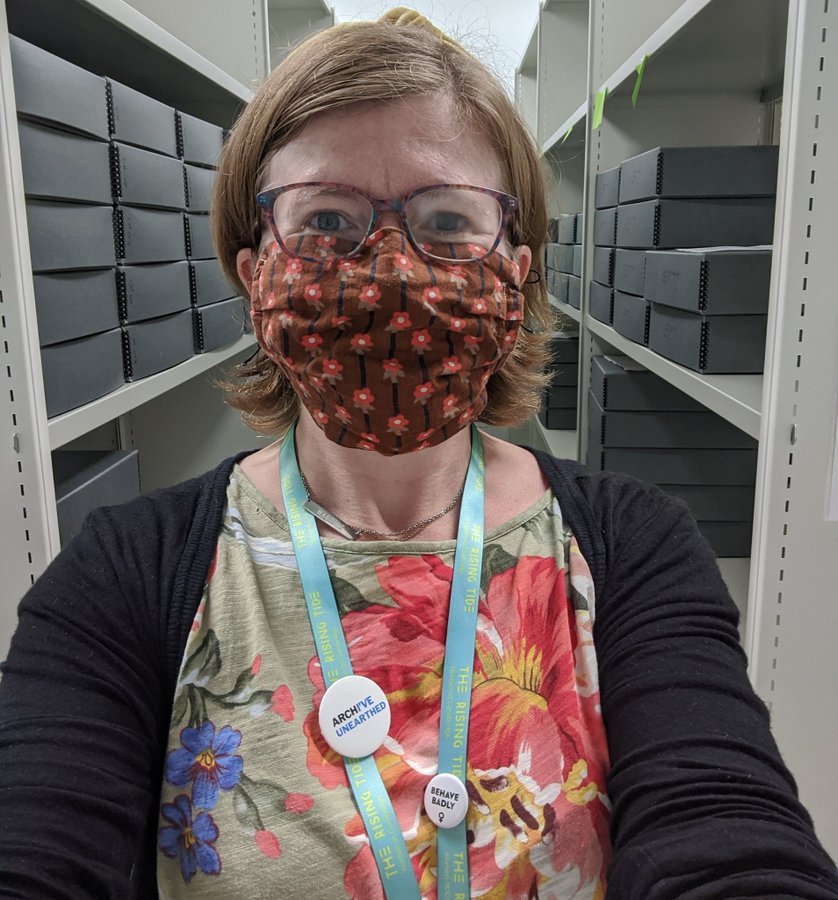
Feminist Tours
The stories that have been uncovered about women have inspired us to think about our collections in different ways. In December 2019 the Sedgwick Museum held its first ever festival of feminism. A series of interdisciplinary art and science workshops were run by geologist and landscape artist Emma Theresa Jude. These events highlighted the lesser-known stories of trailblazing women of geology and palaeontology.
The Museum envisages feminist tours becoming a regular feature of the events programme in the future. These will involve looking at objects and photographs on display in the museum, through a feminist lens. We can’t wait to welcome you back and get these new tours up and running.
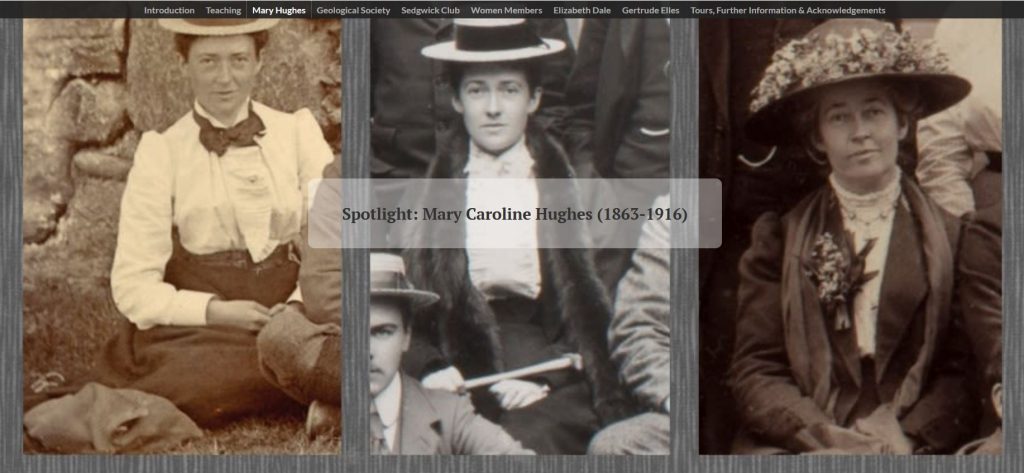
Please get in touch if you have any stories about female geologists, we would love to hear them. The Museum website will be updated with news of future tours, so watch this space!

